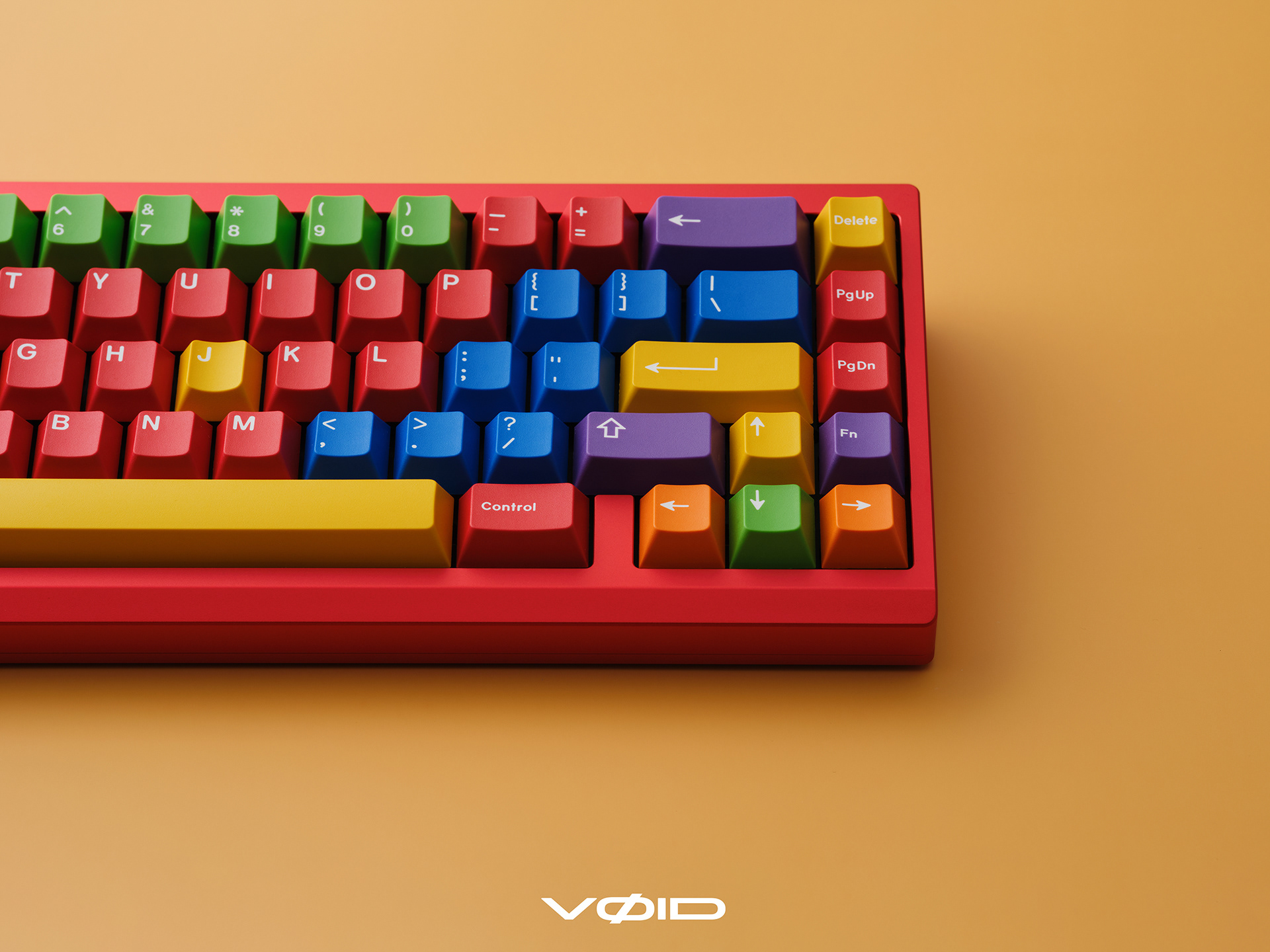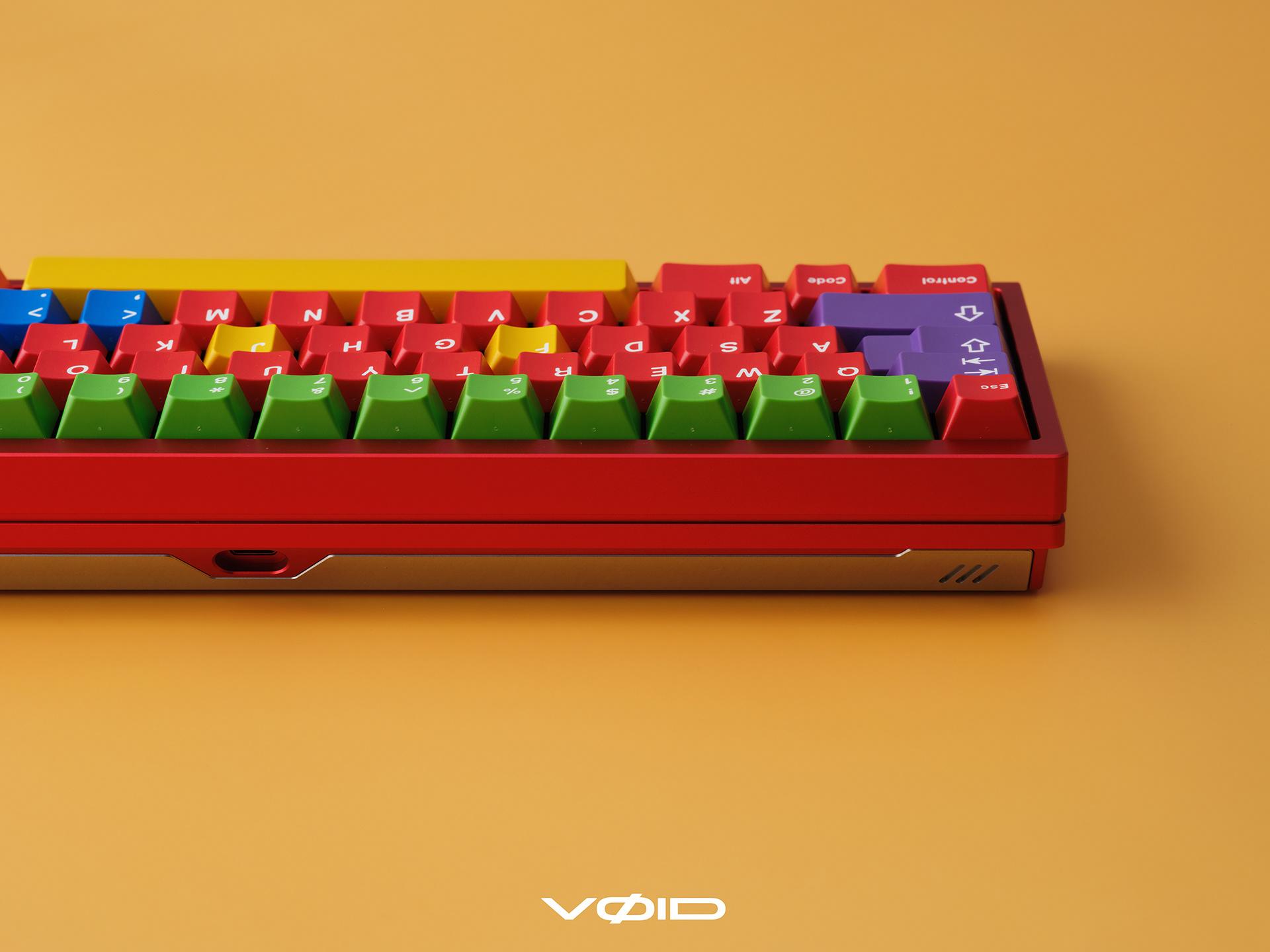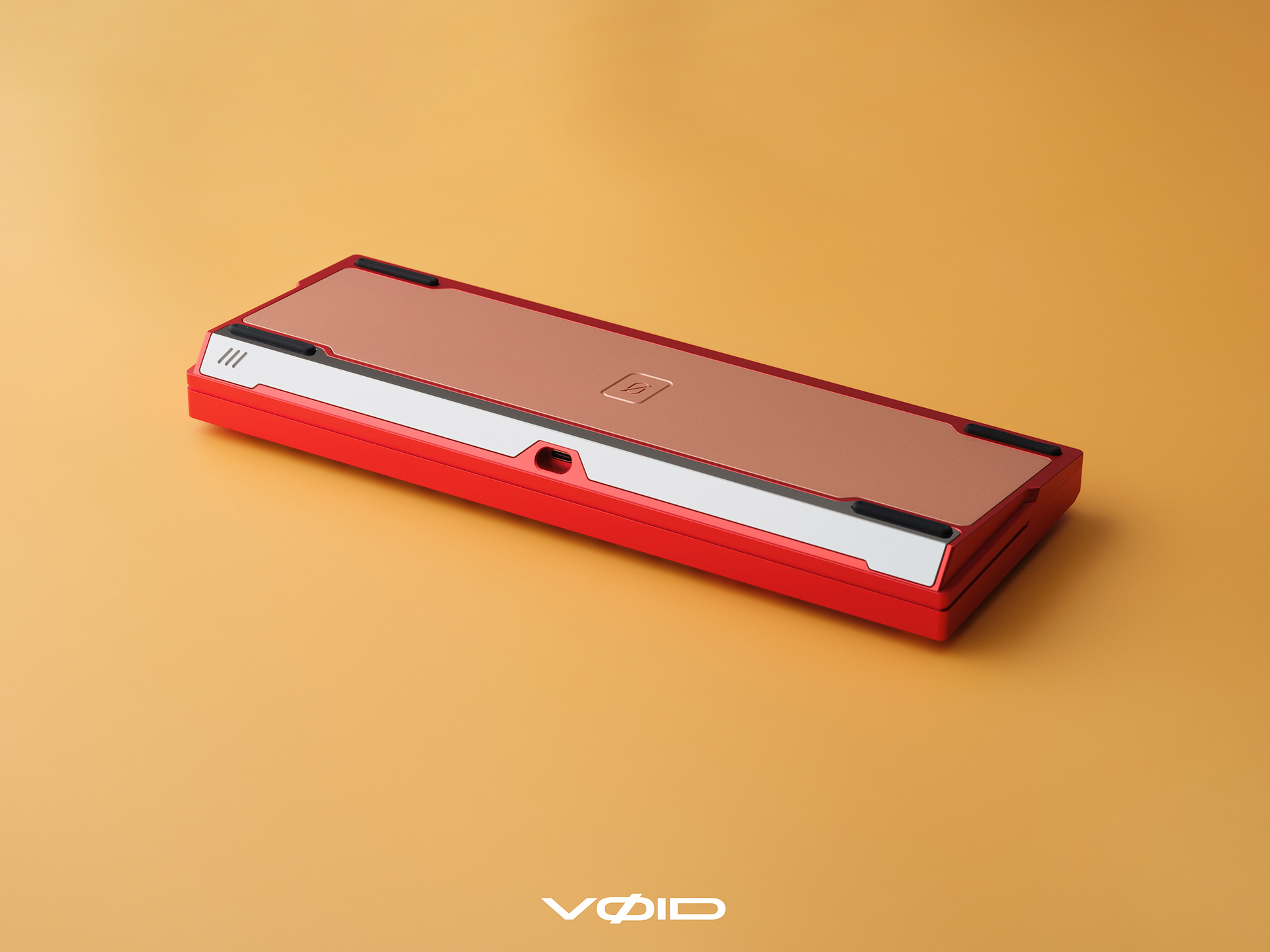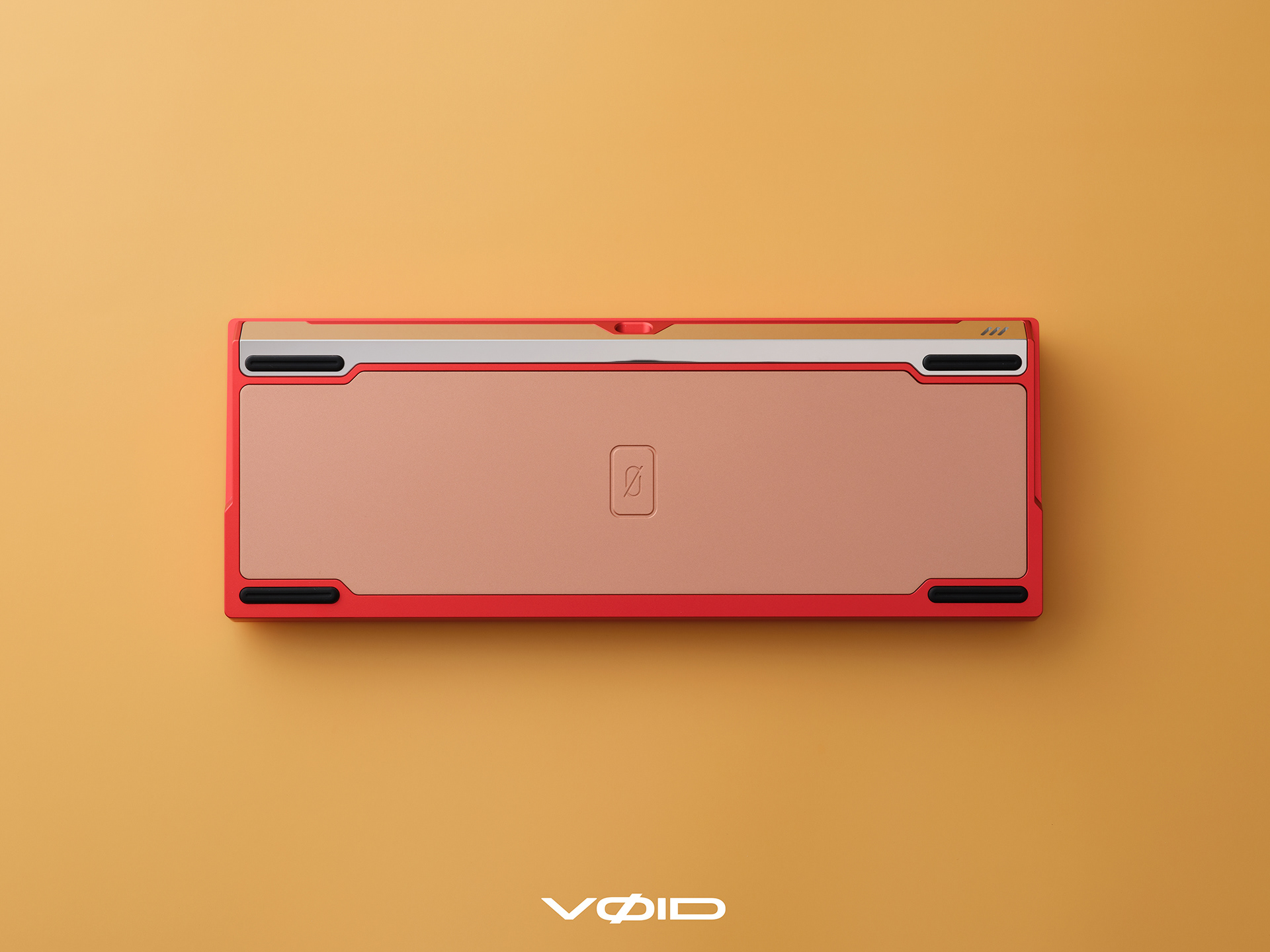

Behind the logo
The Ø in Vøid carries multiple meanings, each adding depth to the design philosophy. It can represent zero, symbolizing nothingness and the concept of a void. It also signifies a starting point, as beginnings often start from zero. The idea of "void" implies emptiness, suggesting a space full of potential and possibilities, ready to be filled with creativity and innovation.
VOID
ANOREXUS
Design
With a design language similar to my past work on the stacked acrylic keyboard Vertizon, Vøid offers an aggressive look while still maintaining a clean design.
Constructions
Vøid keyboard design is composed of five primary components: the Top Case, Bottom Case, Switch Plate, Rear Bumper, and Bottom Plate. Both the Bottom Plate and Rear Bumper are engineered to add substantial weight, enhancing the overall density of the keyboard case. This increased density is meticulously designed to improve acoustic performance, resulting in a more satisfying and resonant typing experience.

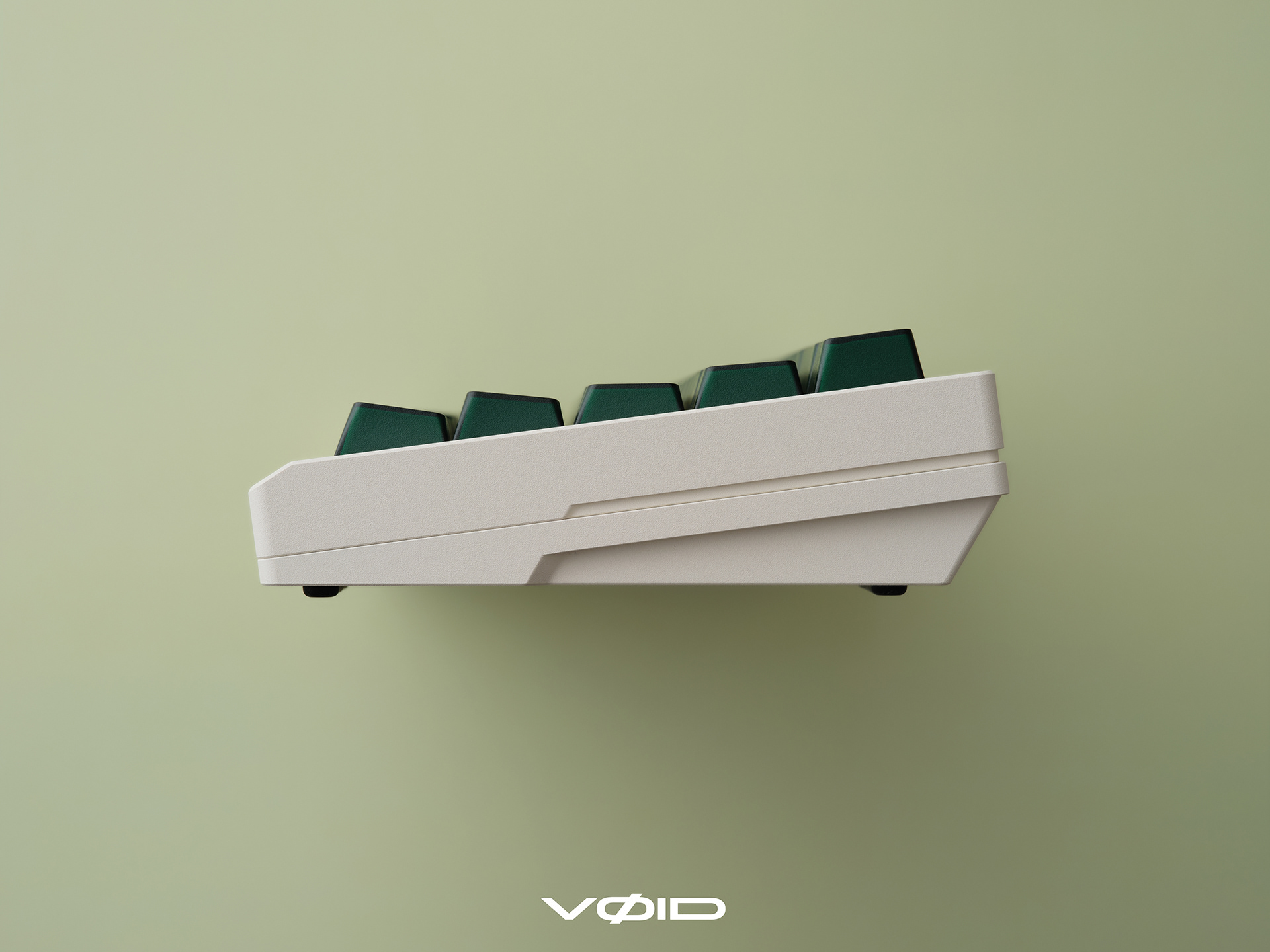


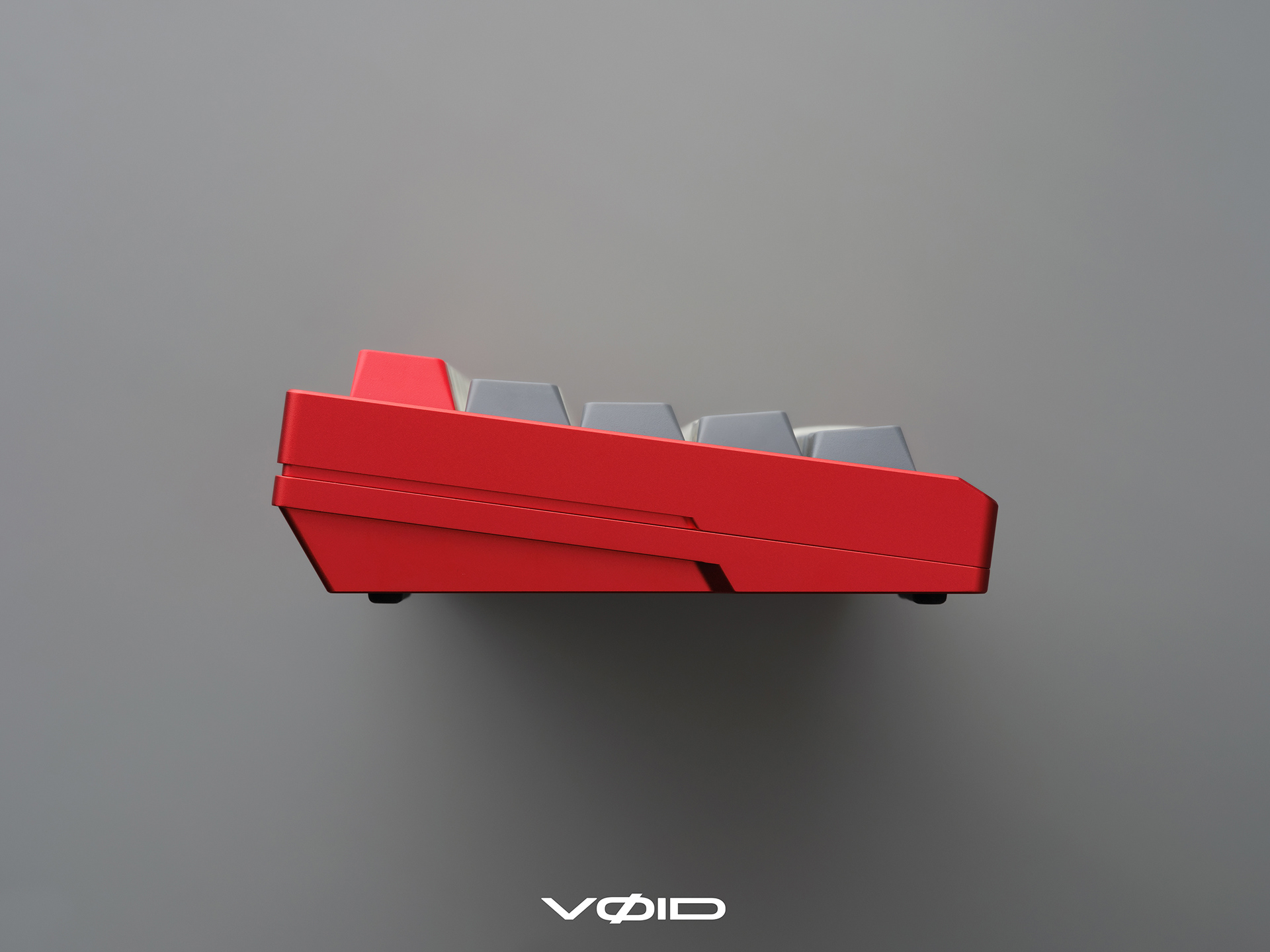

Internal design
We optimized the height of the overall board to find the ideal typing height, as we believe typing height would be a crucial factor in achieving comfortable typing. We also added some gutter to optimize the travel distance for SMT components from the PCB, such as diodes, micro controller, and hotswap sockets, while keeping the overall board density.

Dual mounting
We believe that mechanical keyboards are a deeply personal choice, defined by three key factors: visual aesthetics, typing feel, and acoustics. It's common for users to be drawn to a keyboard's appearance, only to be let down by its typing feel and acoustics. With this in mind, we've developed two different mounting systems for Vøid, aiming to give users the freedom to select the setup that best suits their preferences.


Techincal specifications
Measurement
Typing Angle: 7.5°
Effective Keyboard Height: 23.35mm
Length: 315.25mm
Width: 118.05mm
PCB & Layout
Thickness: 1.6mm
Options: Hotswap or Solder
Firmware: QMK/VIA supported
MCU: AVR
ISO support, split backspace, 6.25 R4, and cursed layout (solder only)




Materials
Case: Aluminum, Polycarbonate
Bottom plate: Copper or Sandblasted Anodized Aluminium
Rear bumper: Polished Stainless Steel or Sandblasted Anodized Aluminium
Plate: POM, FR4, Aluminum, Carbon Fiber, Polycarbonate


Black + Copper/SS kit - Pbtfans Crosshair


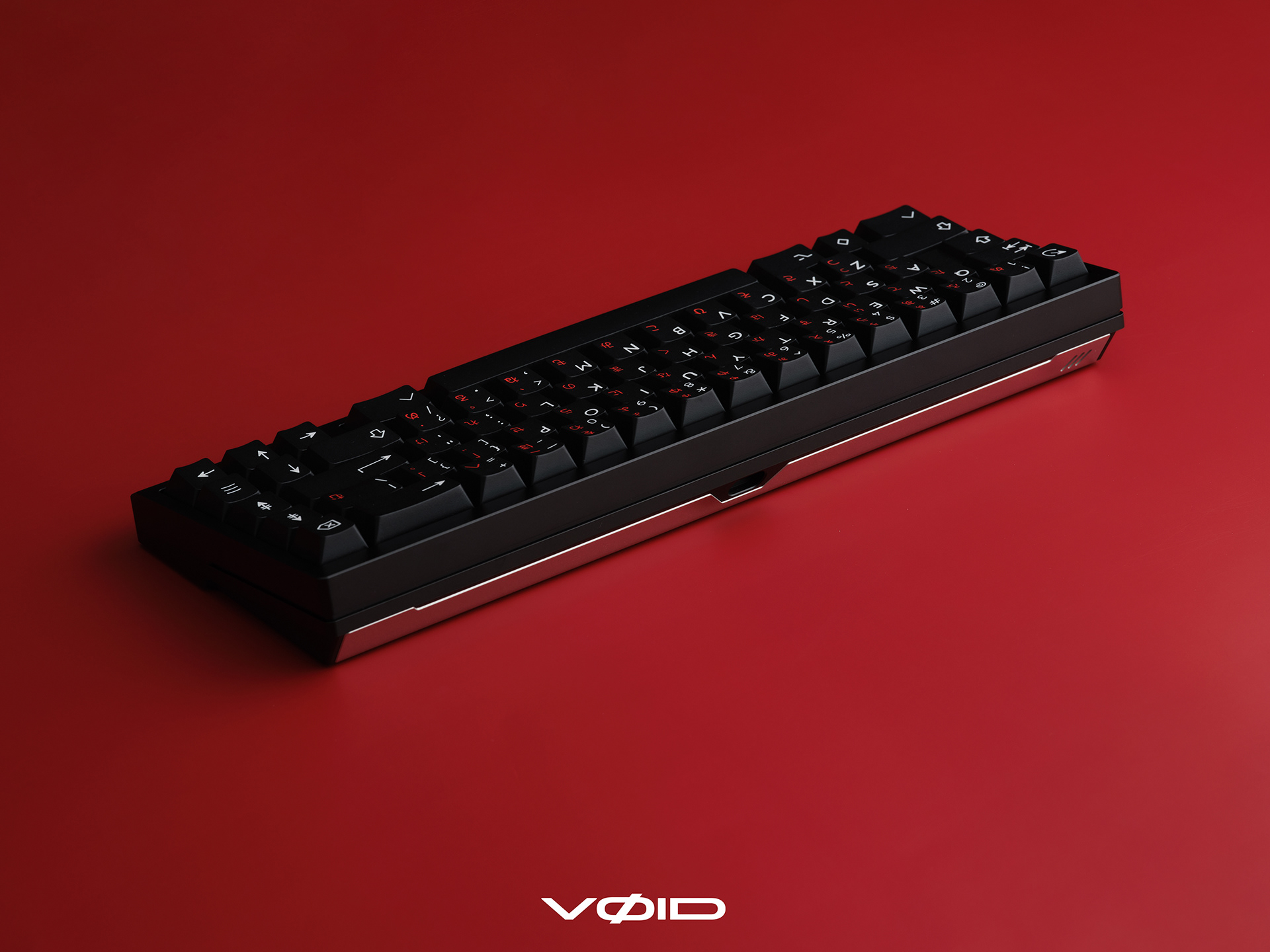
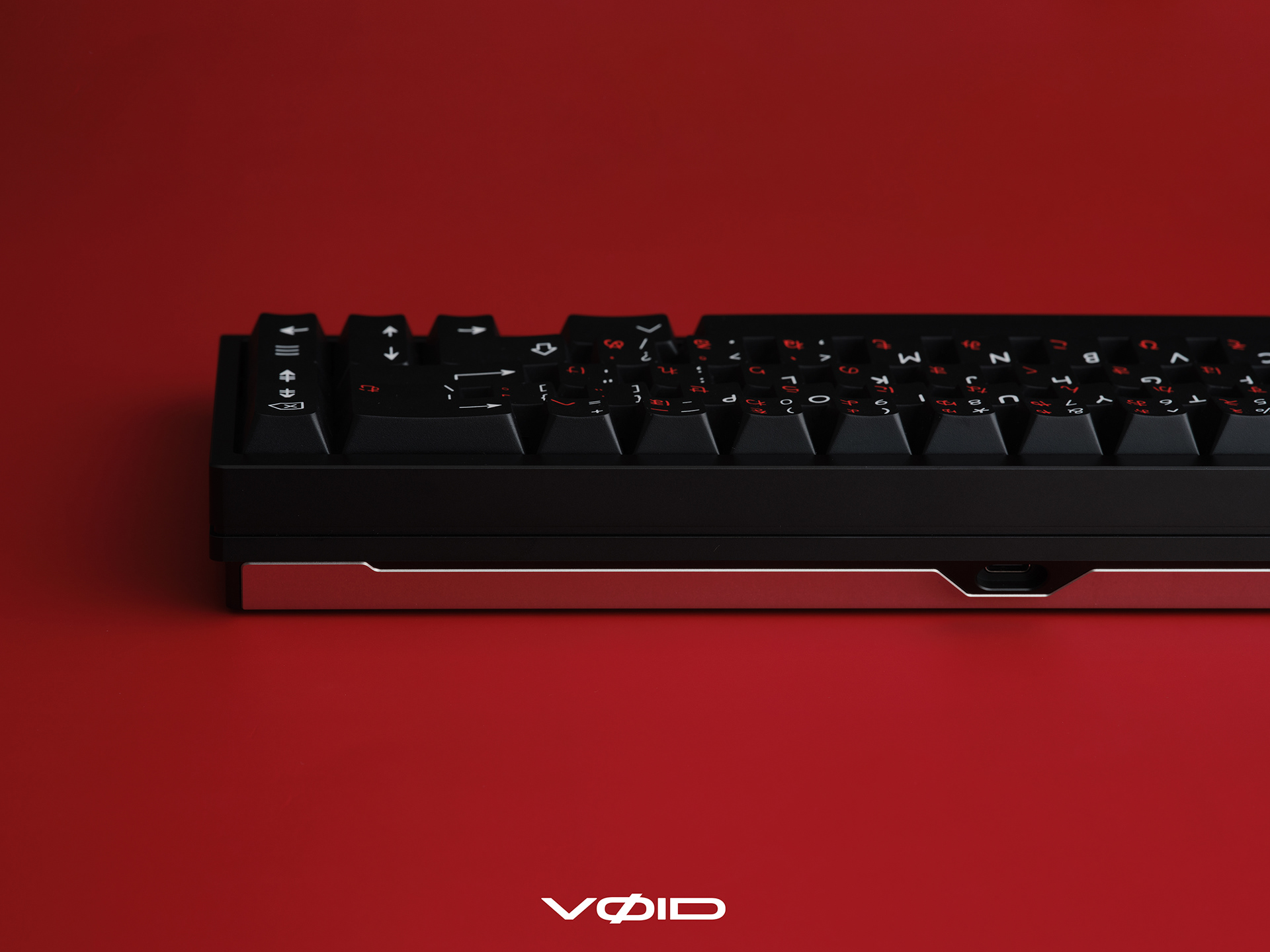



Red + Aluminium kit - GMK Beta js




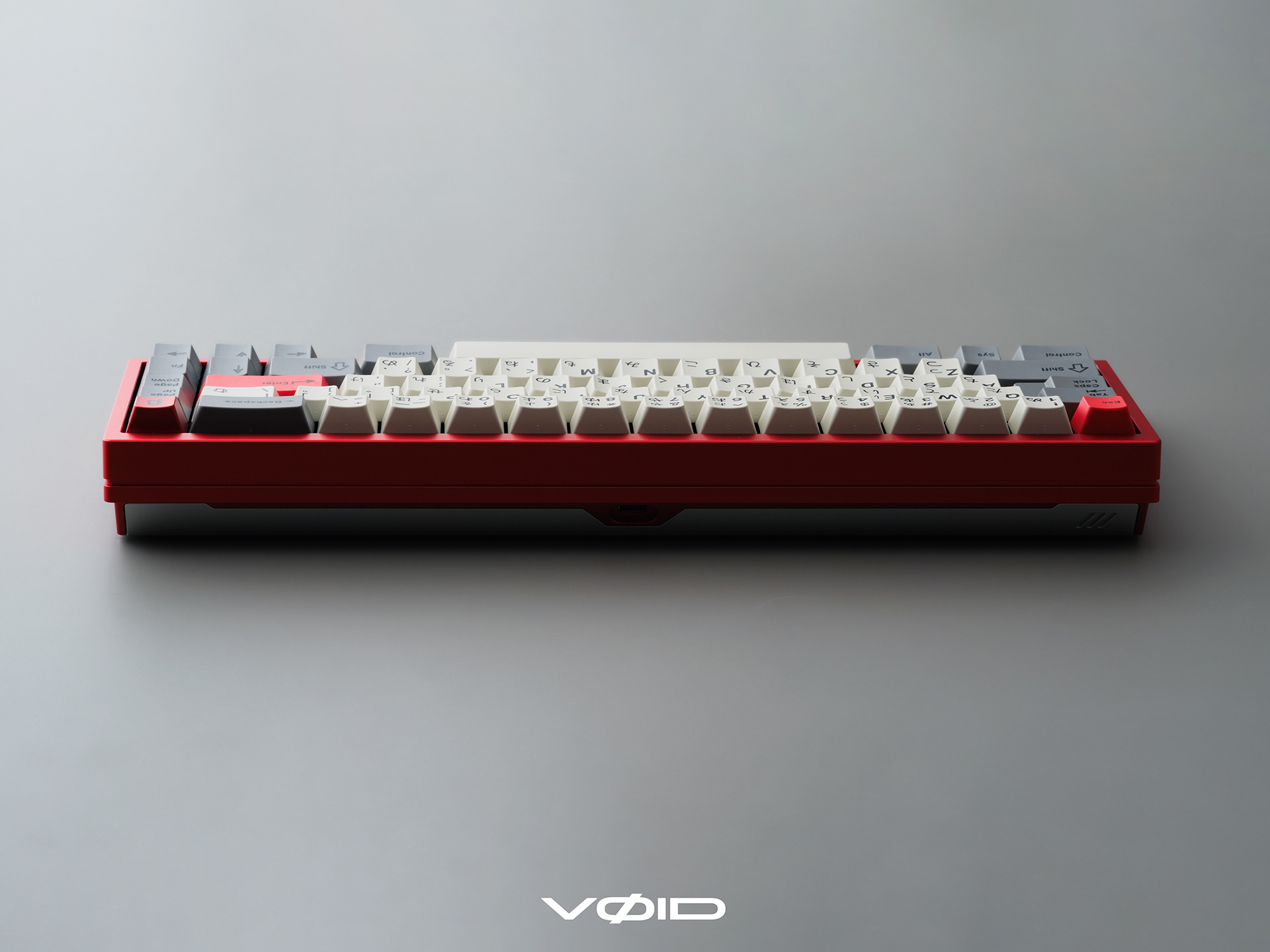



Blue + Aluminium kit - GMK Space Cadet classic base


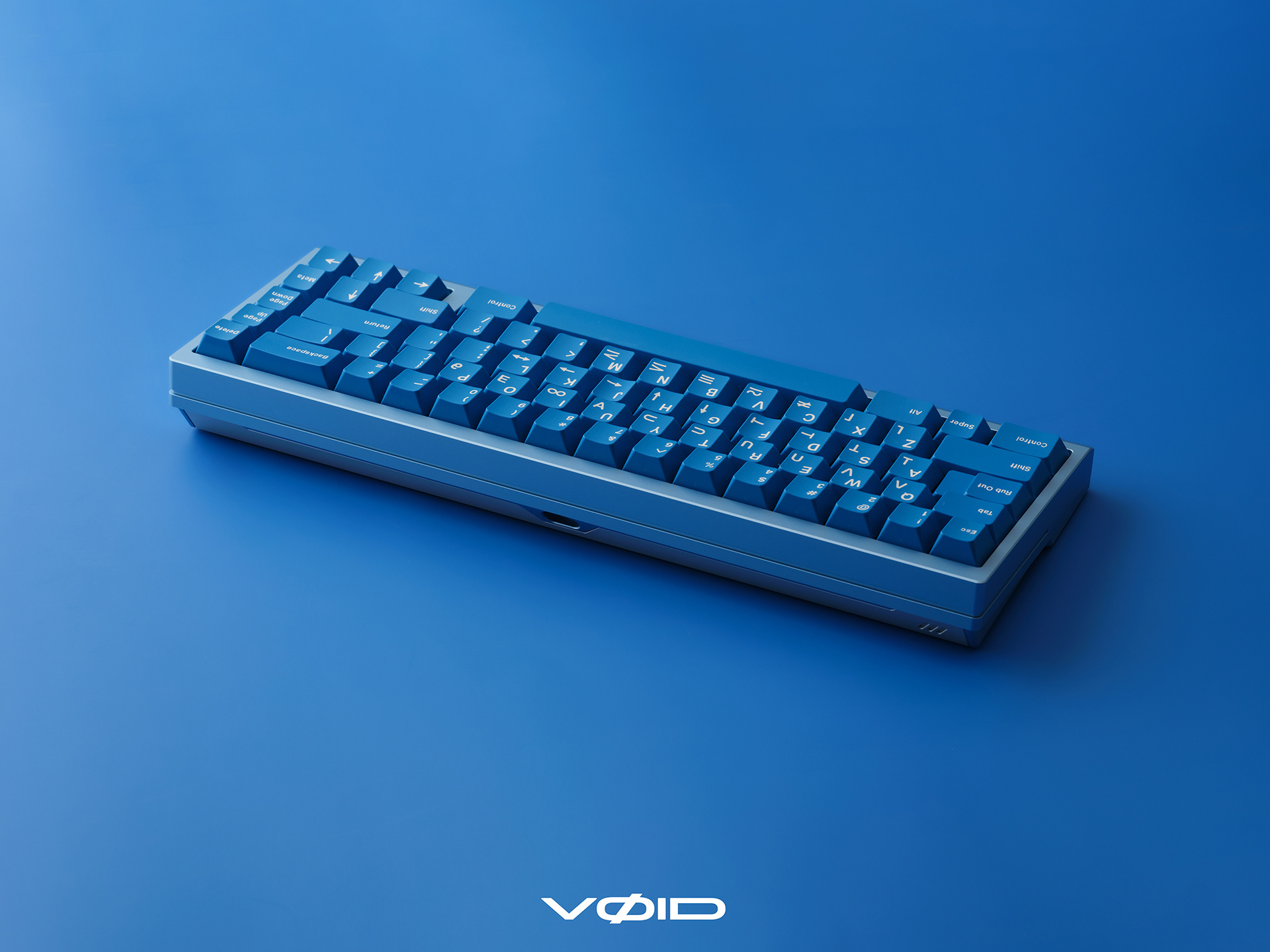




White + Copper/SS kit - GMK Serika
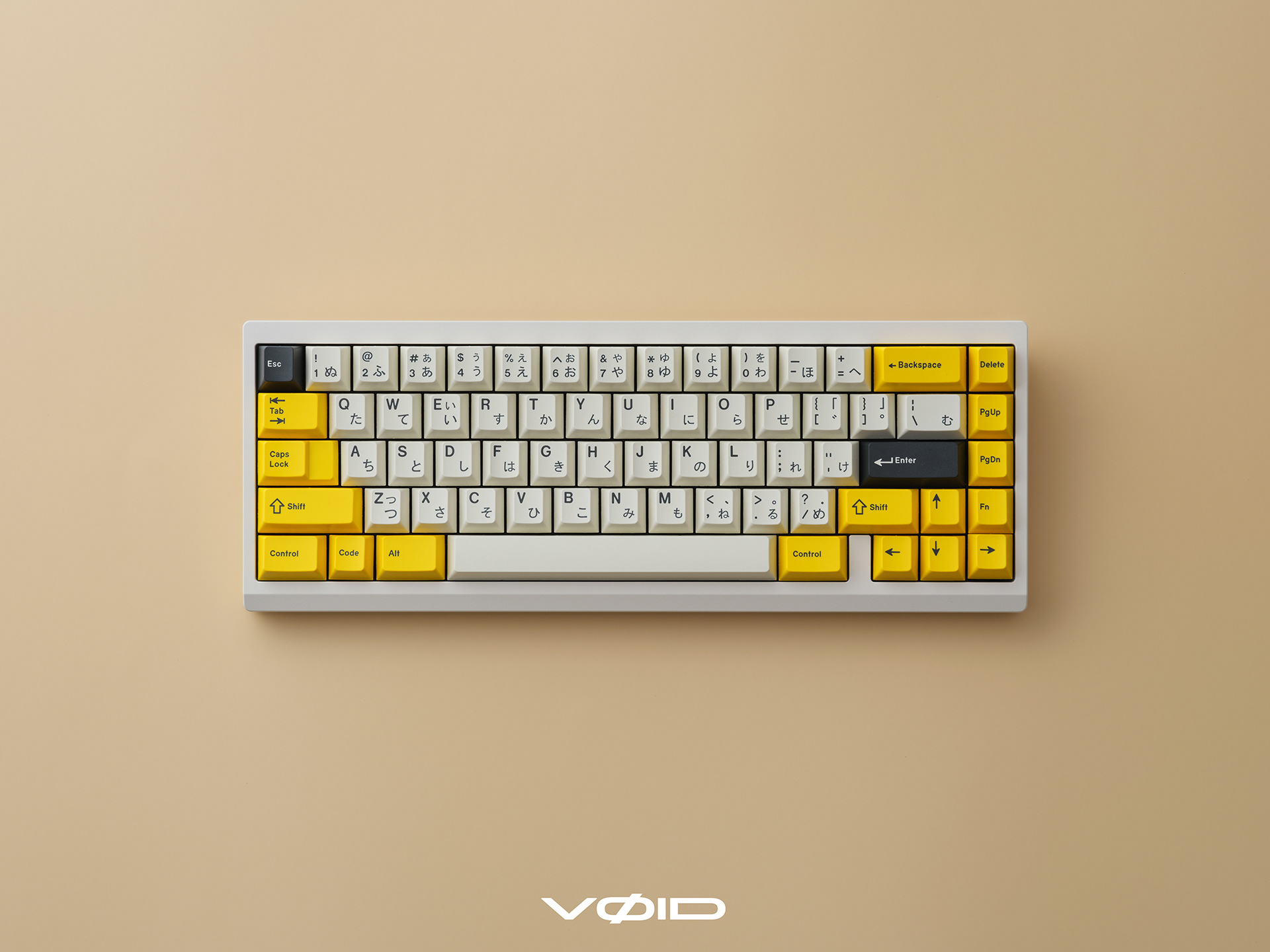

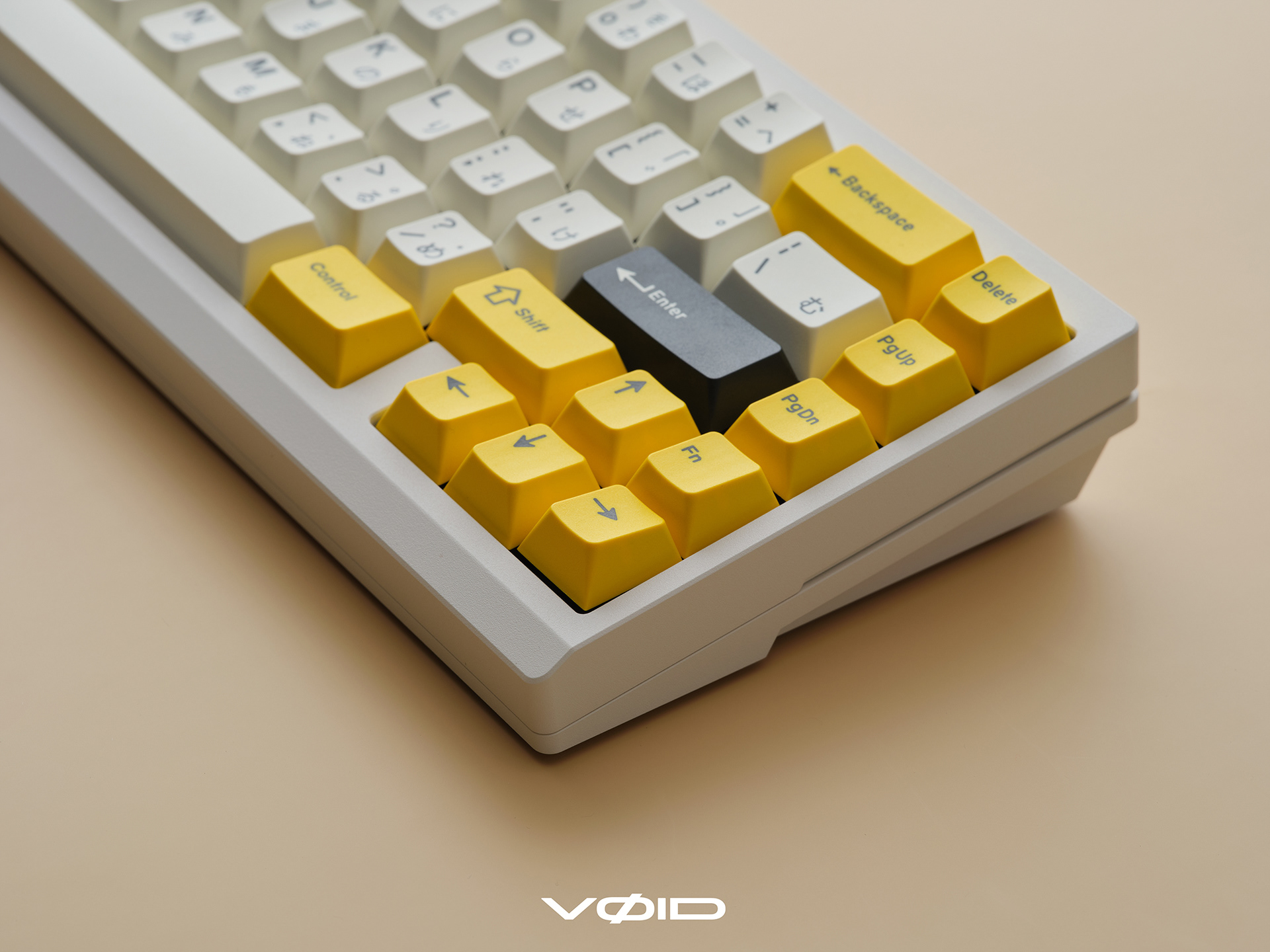






Brown + Aluminium kit - GMK Olive Noir



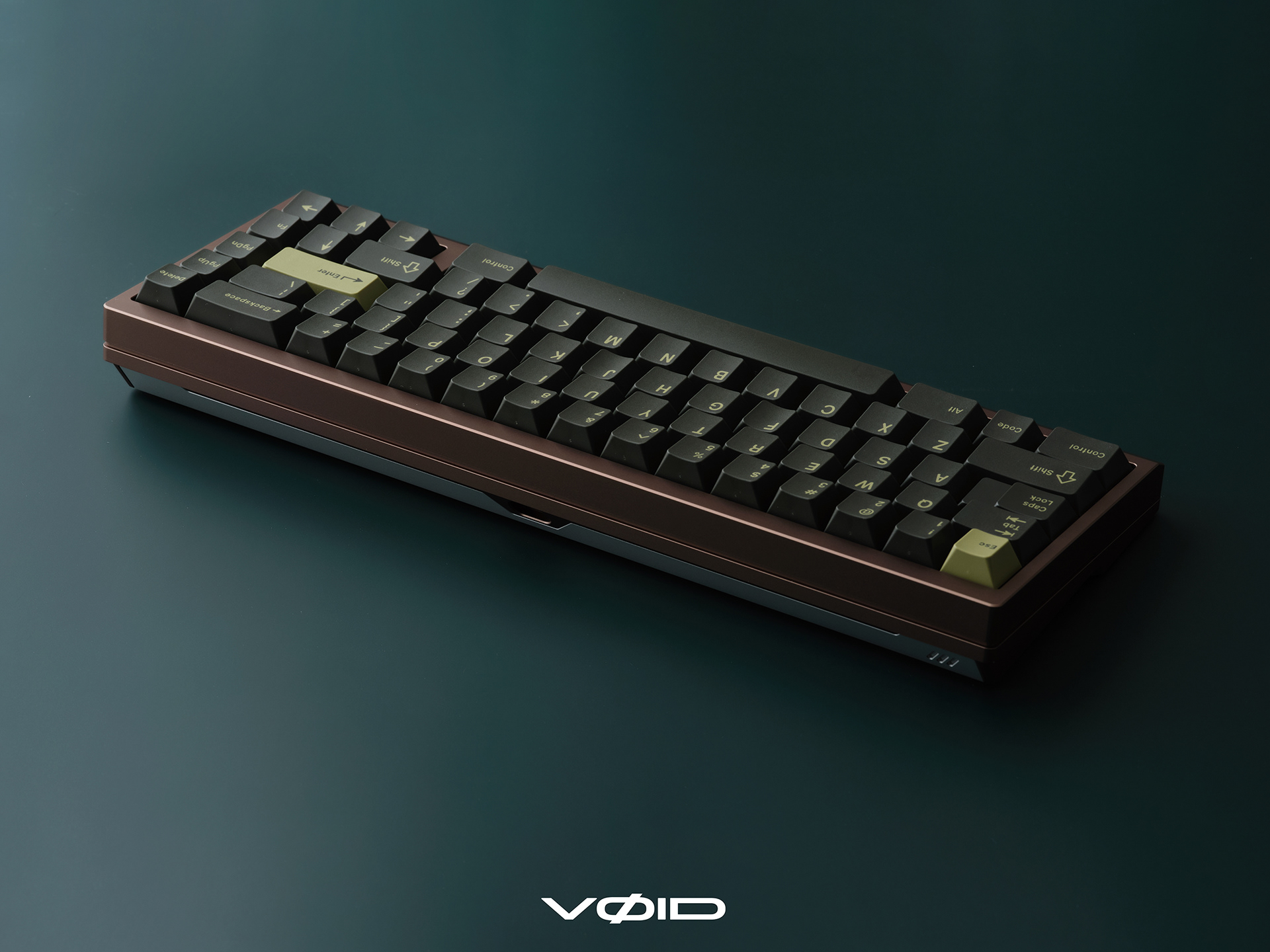



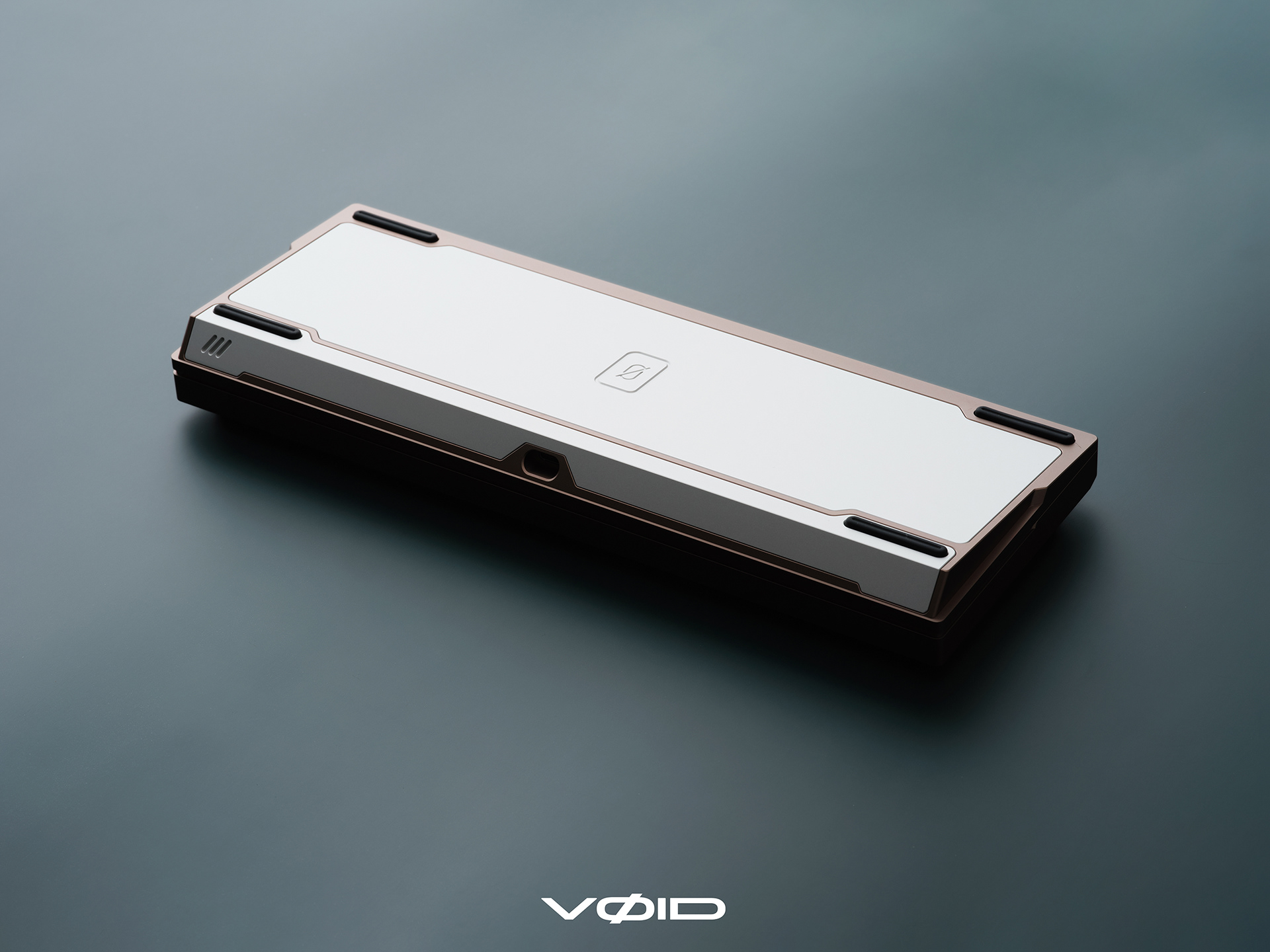
PC + Copper/SS kit - GMK Cubed






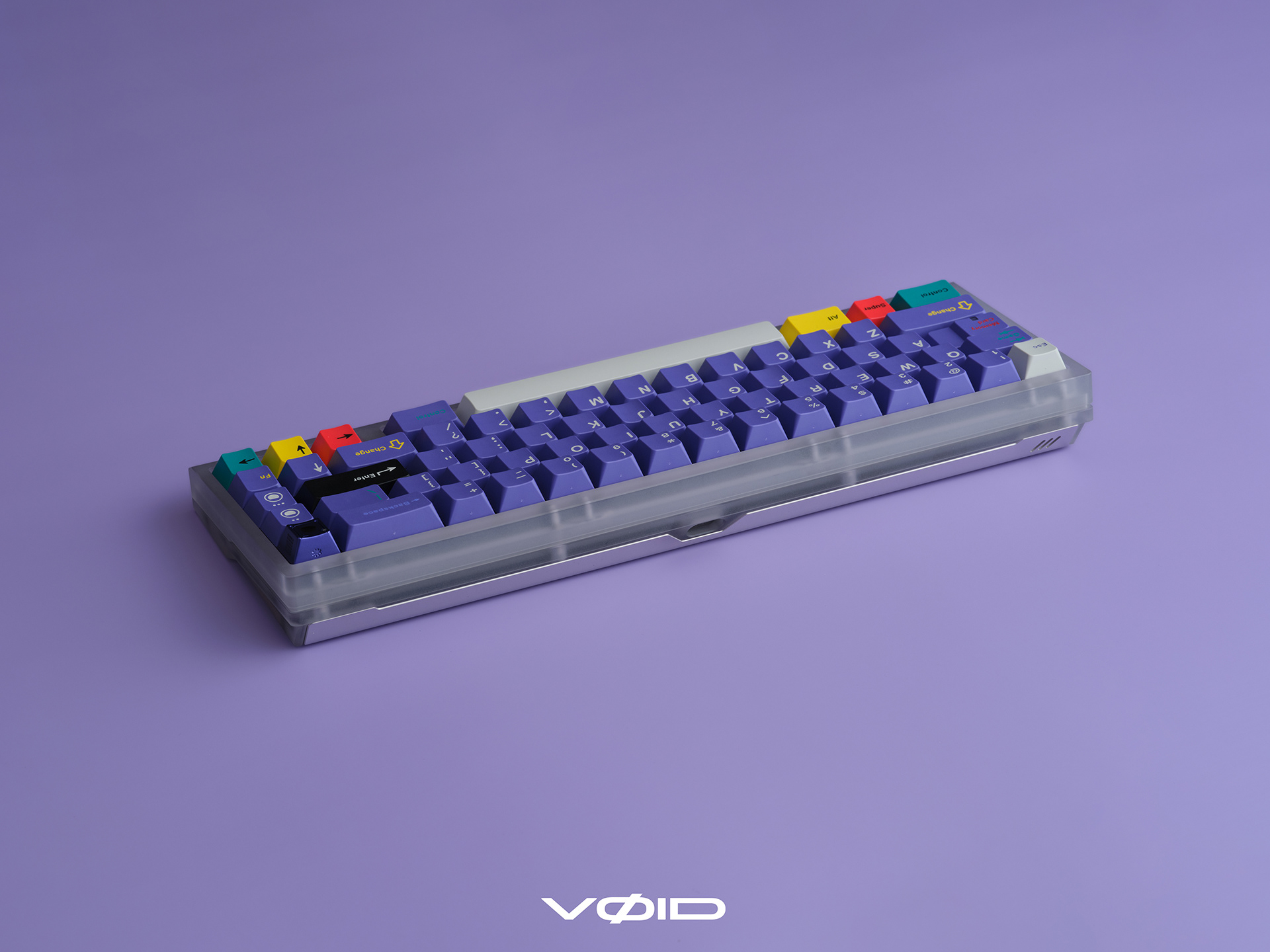
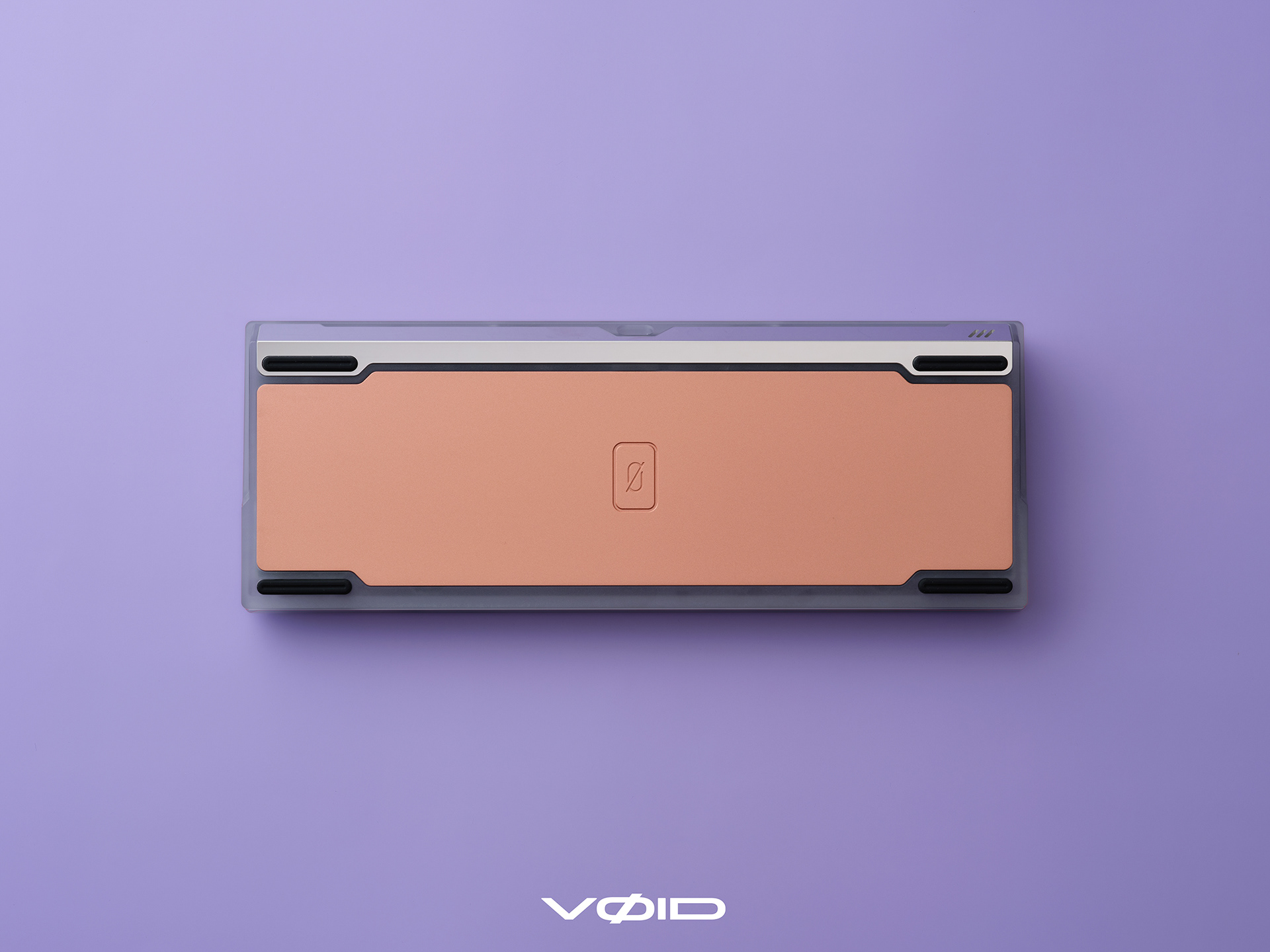


Black + Aluminium kit - Keyreative ABS Blank
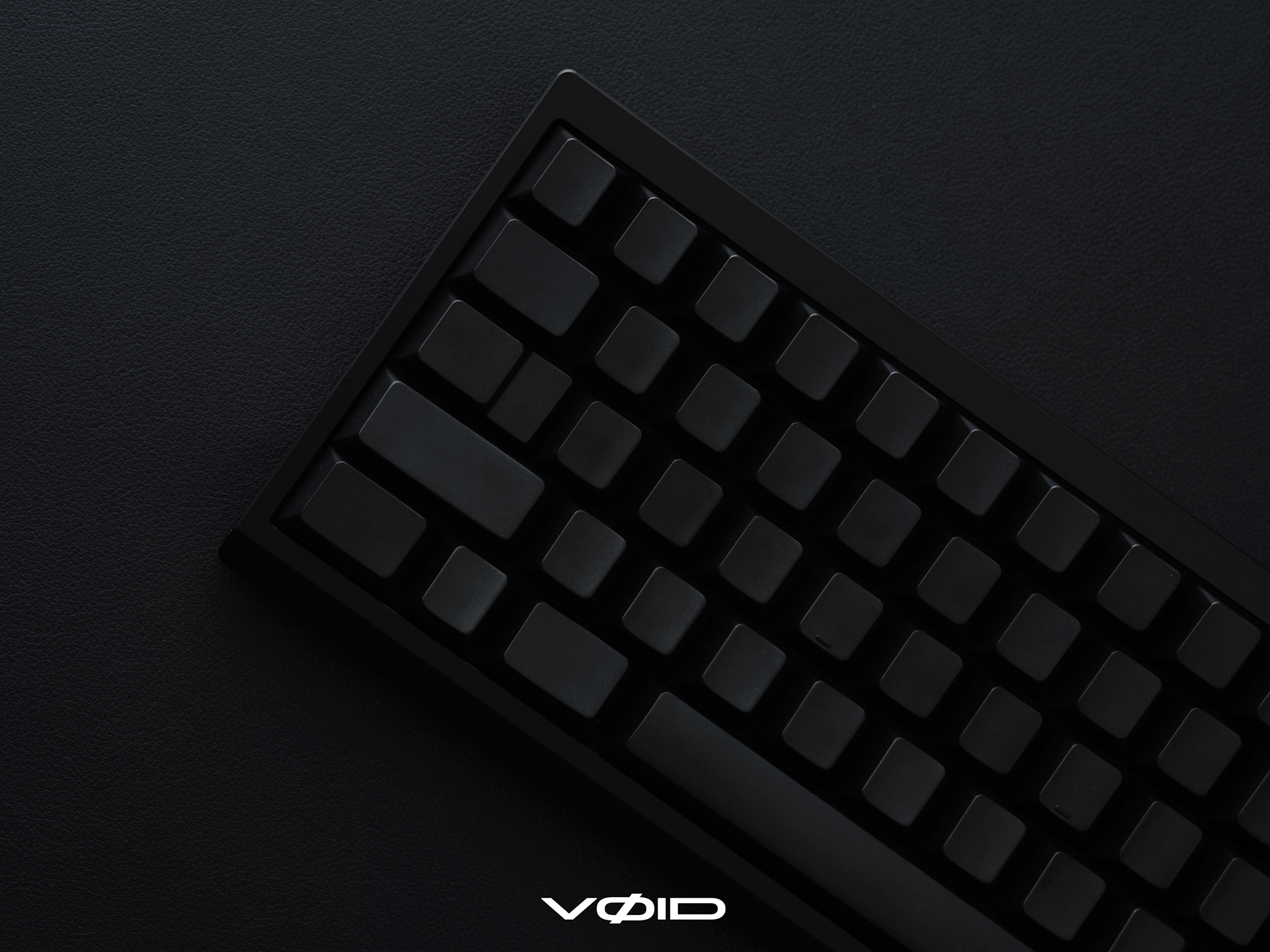






Brown + Copper/SS kit - GMK Beta






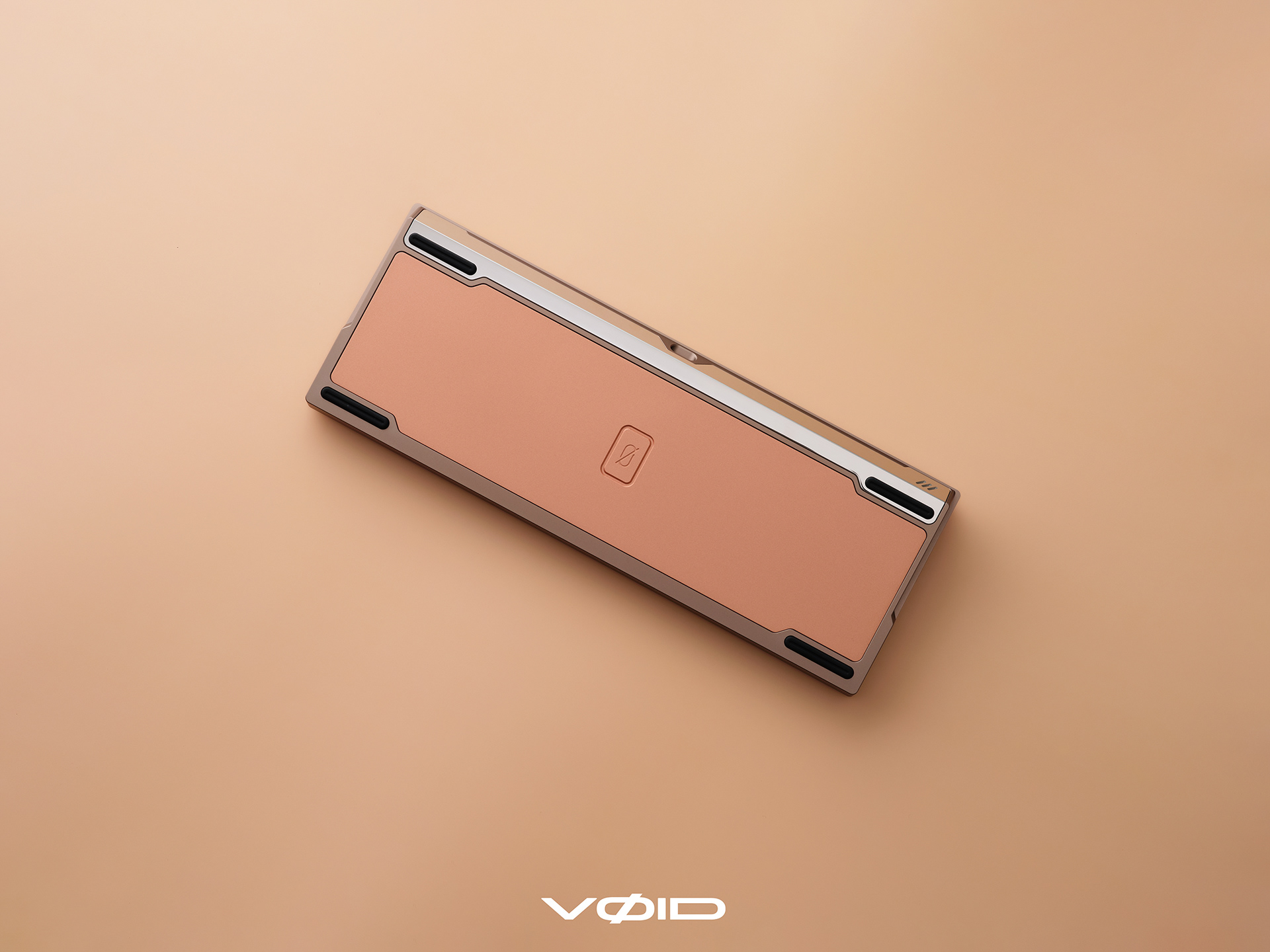
PC + Aluminium kit - Pbtfans X-ray







Blue + Copper/SS kit - GMK Bento

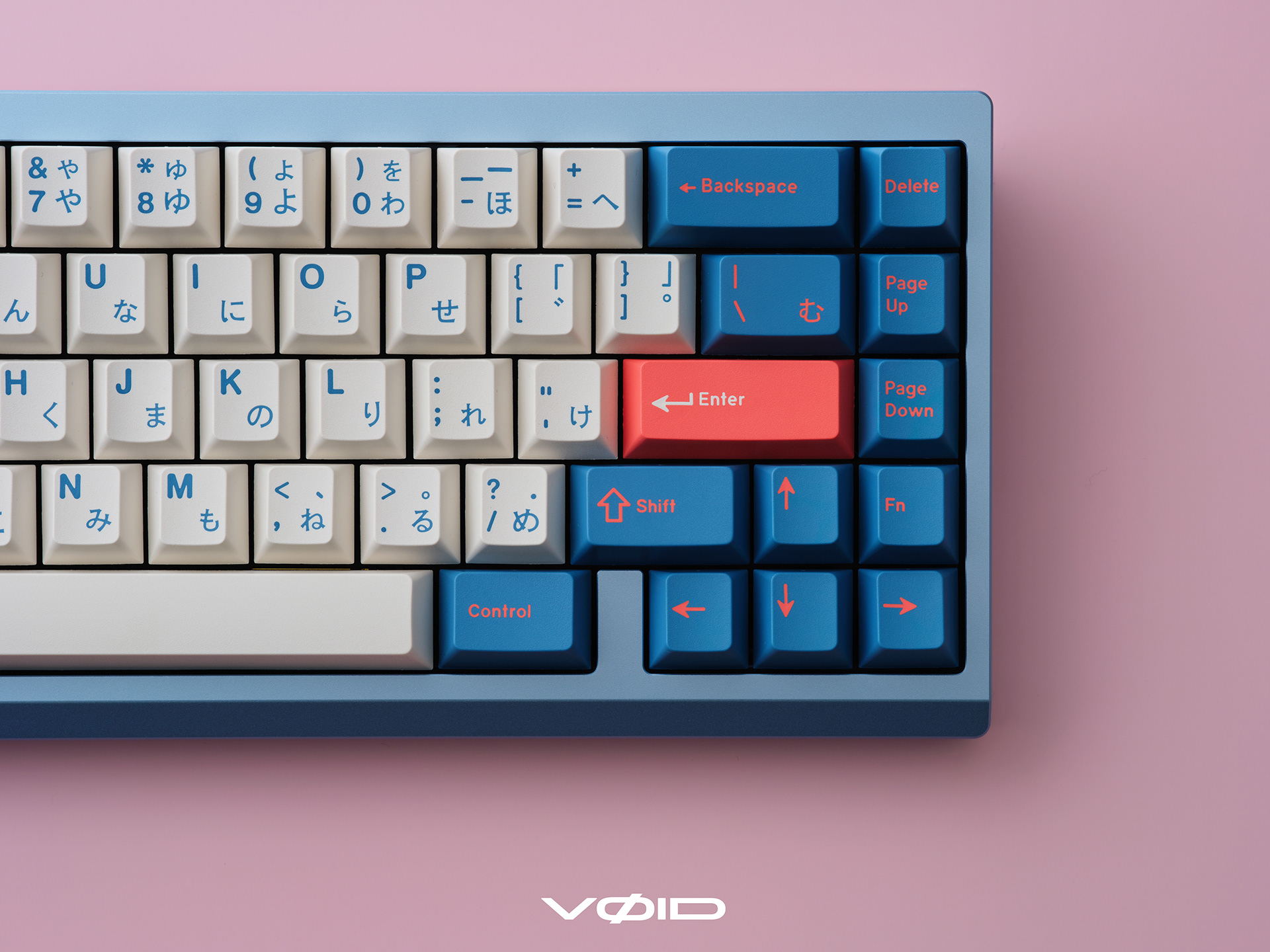






White + Aluminium kit - Pbtfans Emma


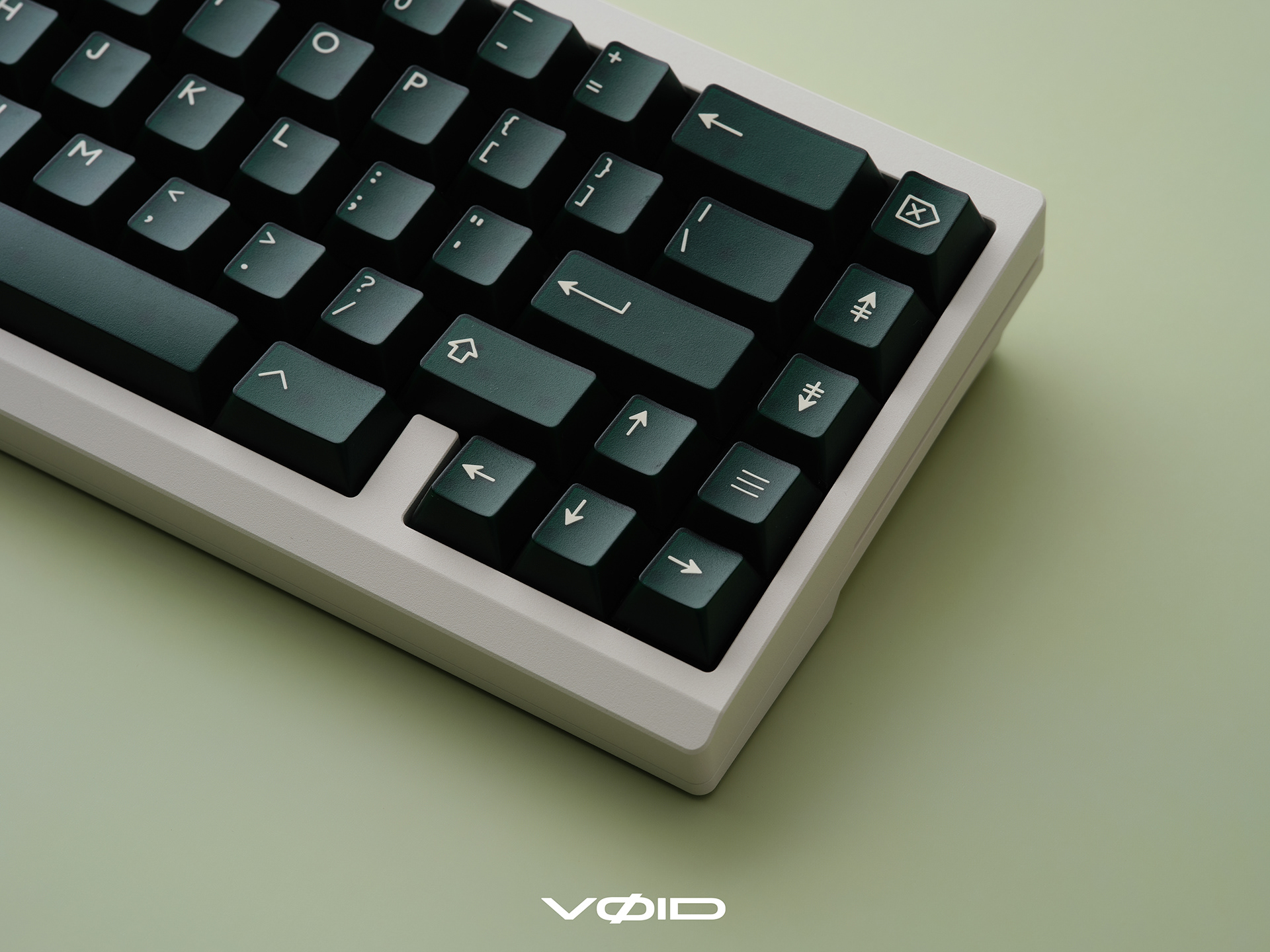


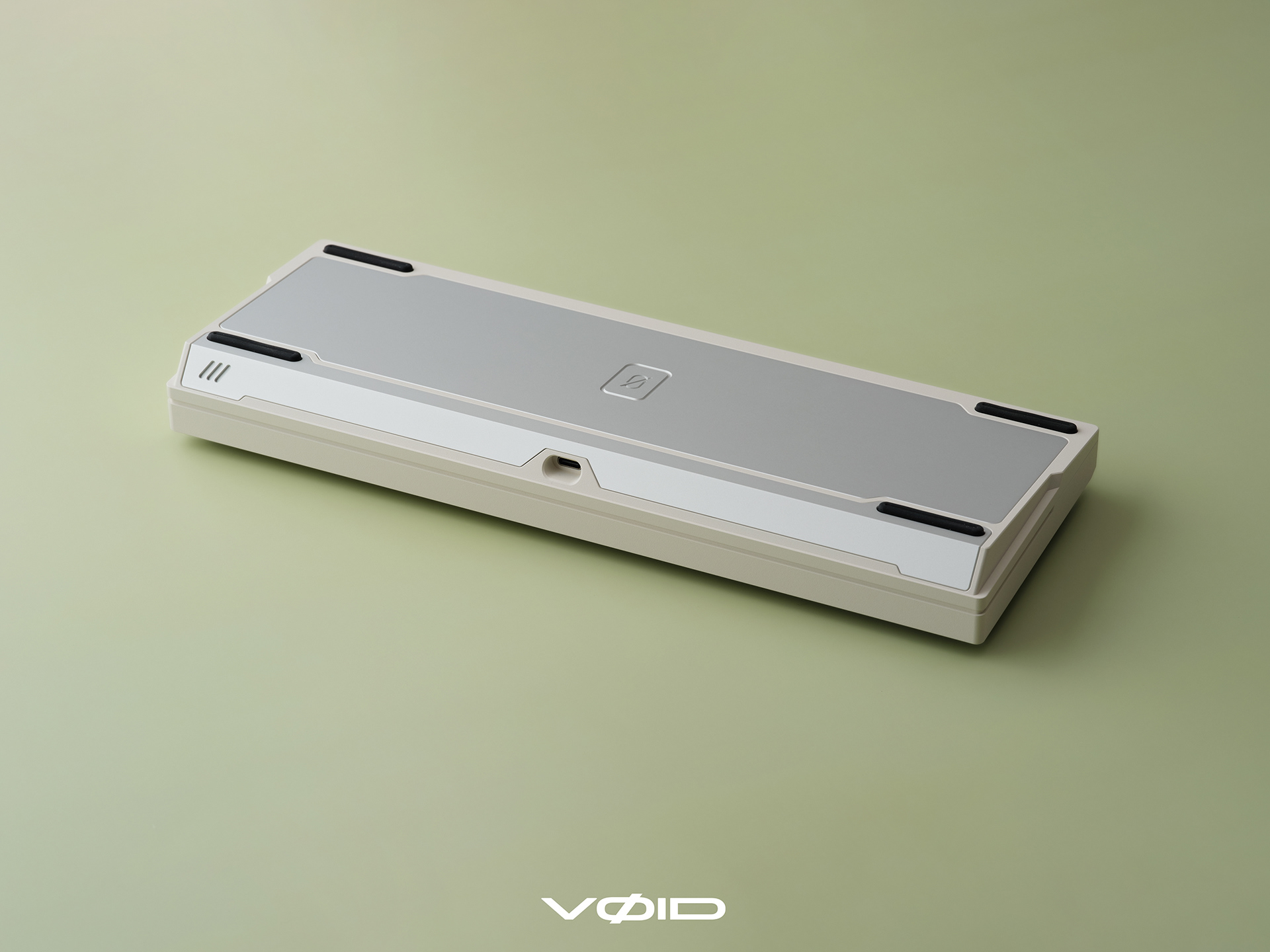
Red + Copper/SS kit - GMK Handarbeit

